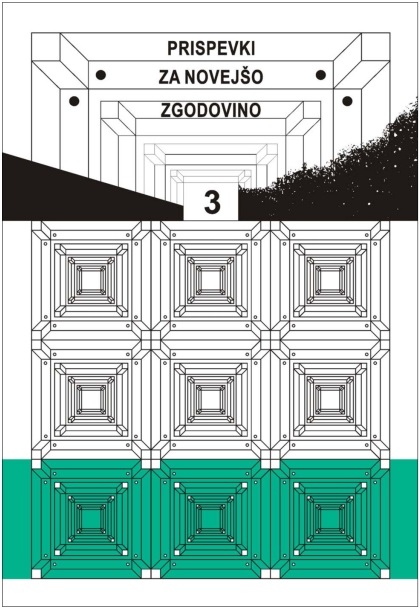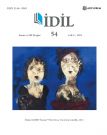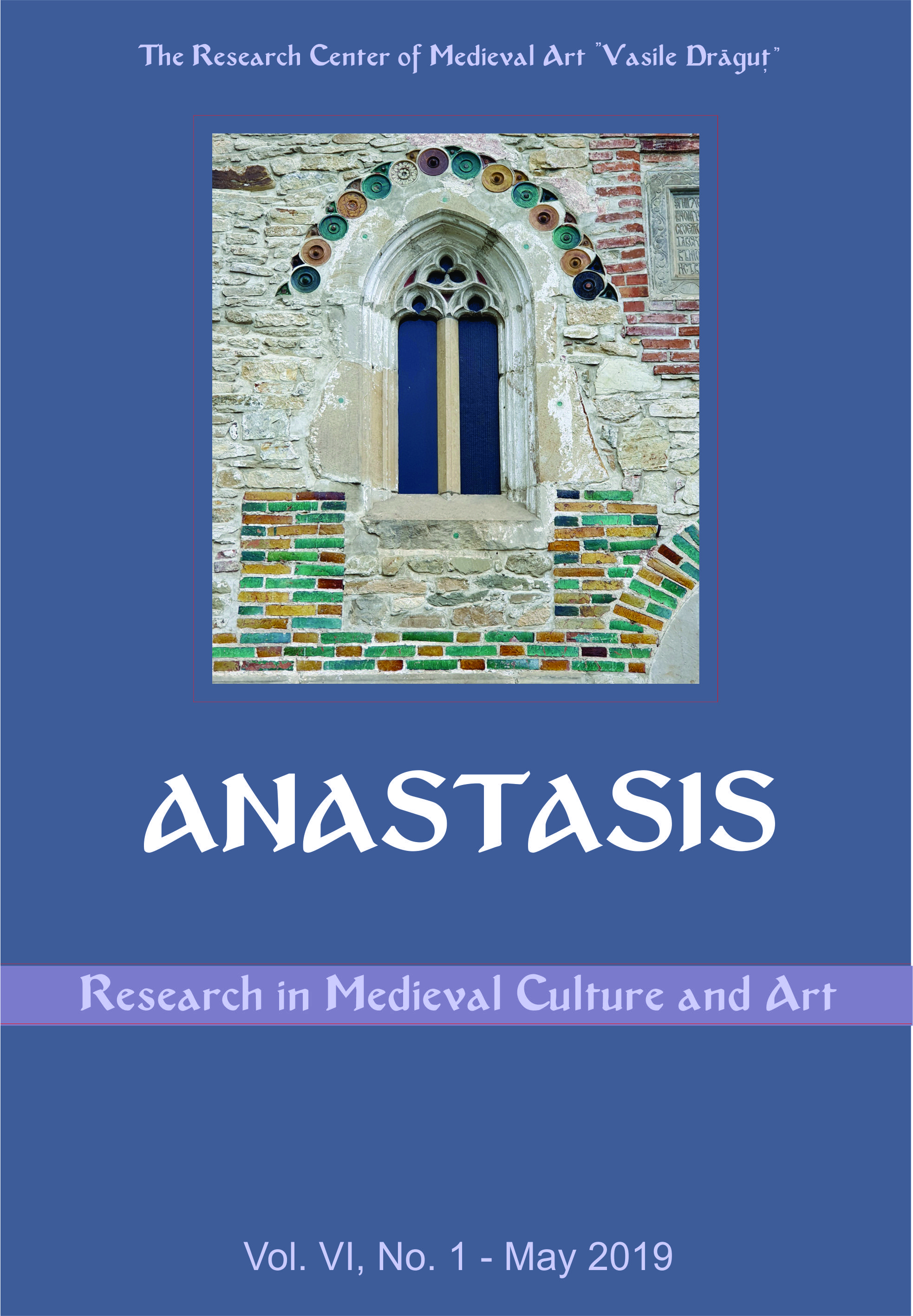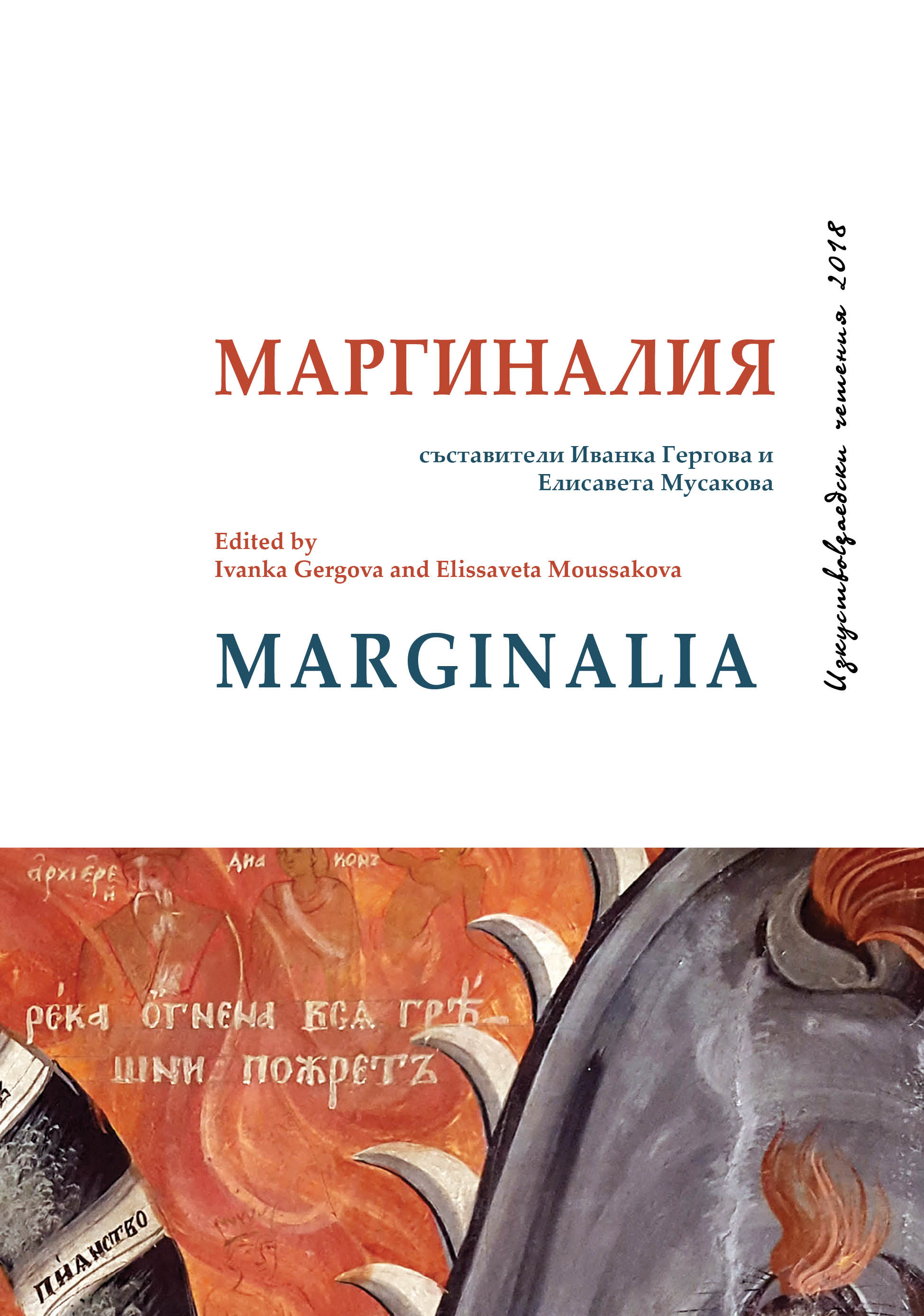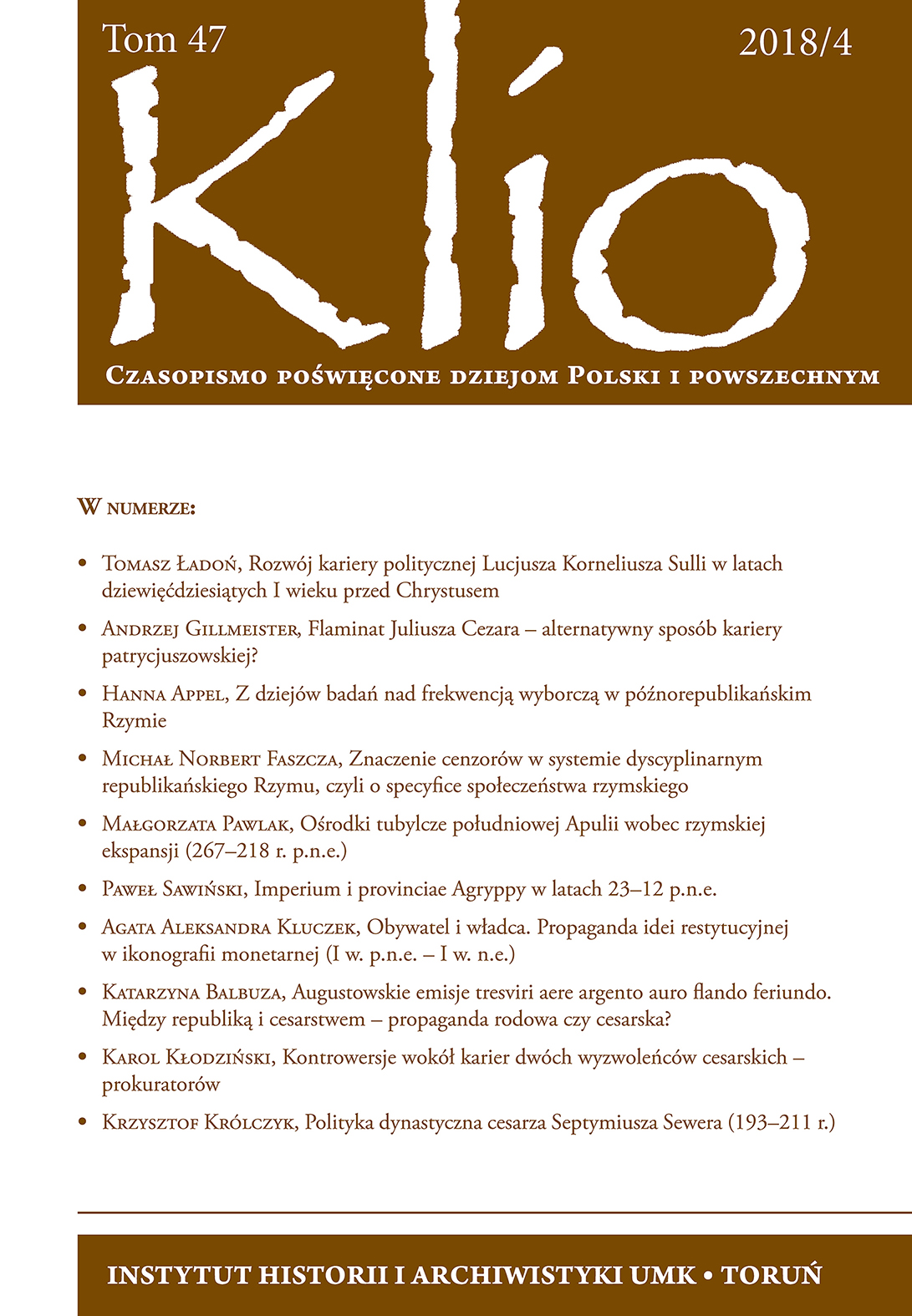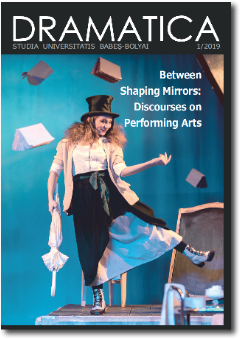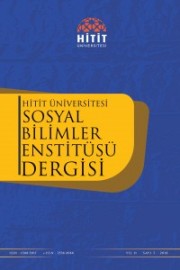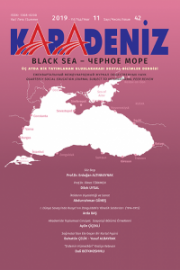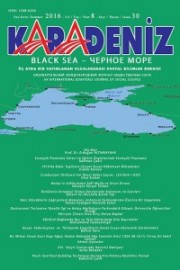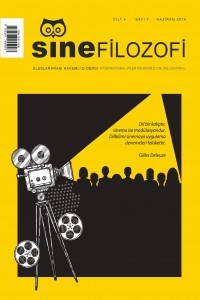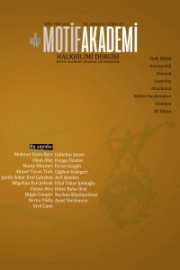Author(s): Kai Stahl / Language(s): Estonian
Issue: 01+02/2019
The focus of this article is on the story of Judith, originating from one of the deuterocanonical books of the Old Testament, as depicted by the Estonian artists Anton Starkopf (1889–1966) and August Roosileht (1887–1941) during the period from just before World War I until the second half of the 1920s. On the basis of comparative material, I present one possible interpretation of these artworks based on the feminist perspective, which reflects coeval gendered discussions and points out that the protagonist is interwoven with both the figures of Salome and Medusa. In her essay ‘Reading Art?’, where Mieke Bal discusses the guidelines for analysing visual art, she mentions: ‘As soon as we hear the name [Judith] or see the scene, we are already, willynilly, involved in the frame of biblical heroism, cultural misogyny, the conflict of loyalties where this woman is heroic for killing the enemy and lewd for trapping a man through sex.’1 Judith, the beautiful noble widow, saved her home city of Bethulia, which was under siege by the Assyrian army, by first seducing their commander Holofernes and then beheading him on his bed in his tent using his own sword (Judith 10–13). The apocryphal Book of Judith is not part of the Lutheran canon, which has been historically dominant in Estonia. However, at the beginning of the last century, interest in the story of Judith and Holofernes seems to have risen, culminating in 1921, when the play Juudit (Judith) by the Estonian writer Anton Hansen Tammsaare was published. This anti-religious drama rapidly received recognition2 from cultural figures in Estonia, and the Drama Theatre in Tallinn started its autumn season with this play, under the title Petuulia. The biblical account was used as a background for the tragedy but, more than ten years earlier, the writer had also become very familiar with Oscar Wilde’s sensational play Salome (first in French, 1891) and Friedrich Hebbel’s drama Judith (1840). The latter in particular has been seen as an influence on Tammsaare’s drama.3 A fundamental innovation was Hebbel’s transformation of Judith through a strong misogynistic filter4, and the fin de siecle intellectuals, artists and writers merged these two biblical figures, Judith and Salome, into a single image of the quintessential femme fatale.
More...
